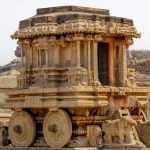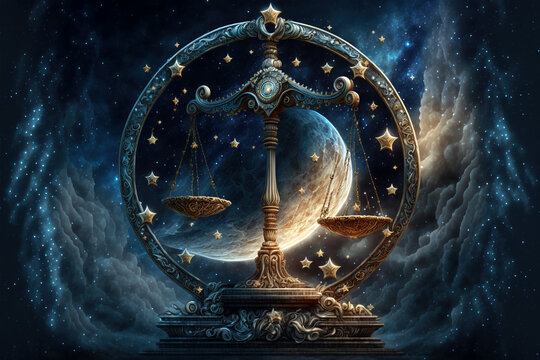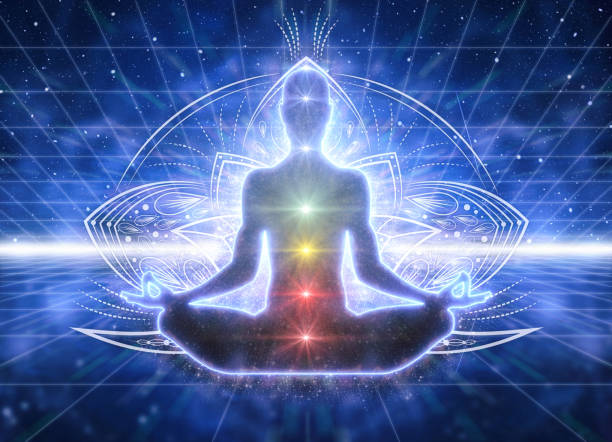The Role of Music in Indian Spiritual Practices

In India, music is not merely an art form; it is a powerful tool for spiritual growth and connection. Whether through the rhythmic chants of mantras, the melodic bhajans and kirtans, or the soulful notes of classical ragas, music holds a sacred place in spiritual practices, acting as a bridge between the human and the divine.
Devotional Music
One of the most significant forms of spiritual music in India is devotional music, including bhajans and kirtans. These are songs of praise dedicated to various deities, and they are sung in temples, during festivals, and in gatherings of devotees. Bhajans are often simple, repetitive songs that focus on the name of God, invoking a sense of devotion and surrender. The act of singing or listening to bhajans is believed to cleanse the mind and bring the devotee closer to the divine, creating an atmosphere of peace and transcendence.
Kirtans, similar in structure to bhajans, involve the call-and-response chanting of sacred hymns, often accompanied by musical instruments like the tabla, harmonium, and dholak. These sessions can last for hours, with participants getting absorbed in the rhythmic cycles and collective energy, which enhances the spiritual experience. This communal practice of kirtan allows individuals to experience a sense of unity and devotion, where the music leads them to a state of mindfulness and presence.
Classical Music in Spirituality
Indian classical music, with its rich history and deep connection to spirituality, is another profound element of Indian spiritual practices. Rooted in ancient texts like the Natya Shastra and Samaveda, classical music is believed to have the power to elevate the soul. The ragas (musical scales) are not only arranged based on their melodic structure but also their time of performance and the emotions they evoke. Each raga is designed to stir particular feelings, such as devotion, longing, or tranquility, and is often linked to specific deities or spiritual practices.
In many spiritual traditions, especially in temples and during rituals, classical music is performed as a means of invoking divine presence. The ragas, performed on instruments like the sitar, veena, and flute, are thought to create a spiritual atmosphere that helps the listener transcend worldly distractions and connect with a higher state of consciousness.
Mantras and Chanting
Another vital component of spiritual music in India is the chanting of mantras. These sacred syllables, words, or phrases, when chanted repeatedly, are believed to hold powerful spiritual significance. Mantras are an essential part of meditation, prayer, and rituals, and the vibrations created by chanting are said to align the mind with divine energy. The Om mantra, for instance, is considered the primal sound of the universe and is often used to invoke a sense of peace and oneness.
Chanting mantras is also a form of sound meditation, where the rhythmic repetition helps focus the mind, calming the senses and facilitating spiritual growth. Many spiritual seekers use mantras as part of their daily practice, believing that the power of sound, when used with intention, can lead to mental clarity, peace, and ultimately, enlightenment.
Music and Yoga
In the context of yoga, music plays a key role in enhancing the practice. The calming effects of soft, ambient music during asanas (yoga poses) create an atmosphere conducive to deep relaxation and mindfulness. The use of sound in yoga, including the chanting of om or other sacred syllables, helps harmonize the body and mind, facilitating a deeper connection to the spiritual self.
Healing Power of Music
Indian music also has therapeutic and healing qualities. Sound therapy, or Nada Yoga (the yoga of sound), is a recognized spiritual practice where different frequencies of music are believed to have a healing effect on the body and mind. The vibrations produced by music are thought to resonate with the body’s energy centers, restoring balance and promoting healing. This practice is often incorporated into meditation sessions, where music is used to quiet the mind and facilitate deep, transformative experiences.
Conclusion
In India, music is not just a form of entertainment; it is an essential element of spiritual life. From the melodic chants of bhajans and kirtans to the intricate ragas of classical music, sound is used to invoke the divine, heal the soul, and guide individuals toward spiritual awakening. As both a means of devotion and a tool for inner peace, music continues to play a vital role in India’s spiritual practices, offering a timeless path to connection, transcendence, and enlightenment.
Lessons:
- Music in Indian spiritual practices serves as a conduit to connect with the divine and foster inner peace.
- Devotional music, such as bhajans and kirtans, brings individuals together in shared worship and devotion.
- Indian classical music, through its ragas, elevates the soul and enhances spiritual experiences.
- Chanting mantras and practicing sound meditation offer clarity, tranquility, and a deeper connection to the self.
- Music plays an essential role in yoga and healing, helping to balance the mind and body and promote spiritual growth.










